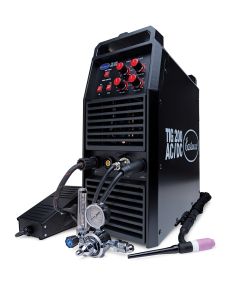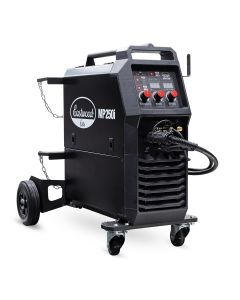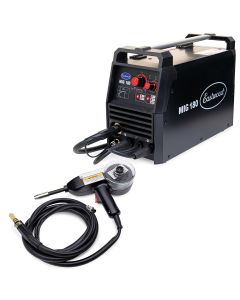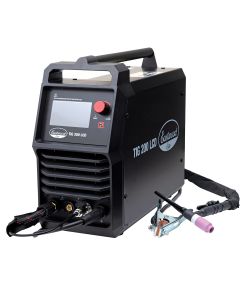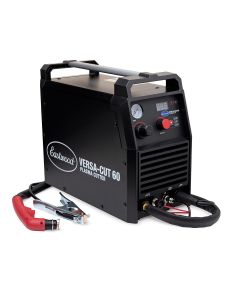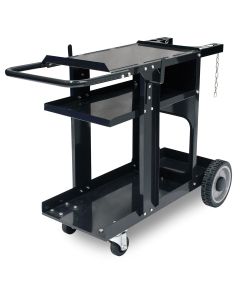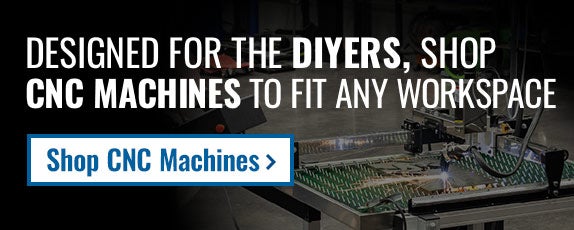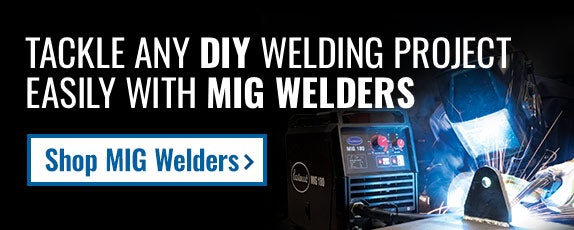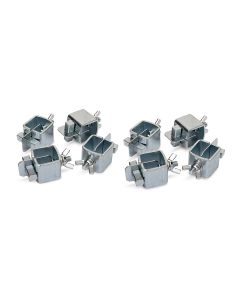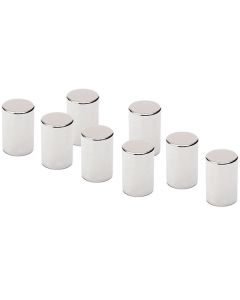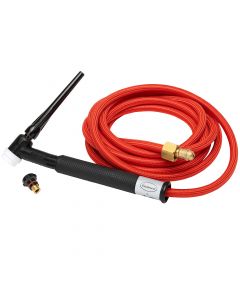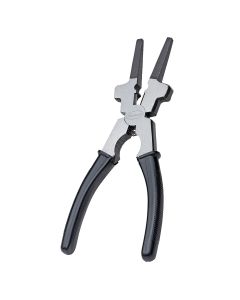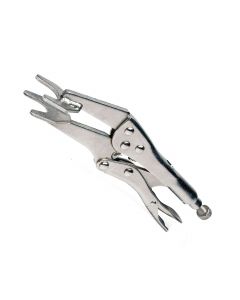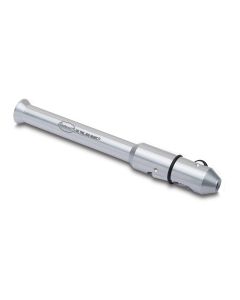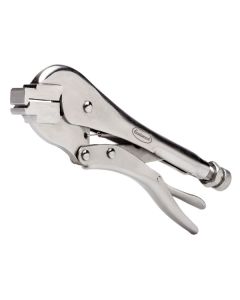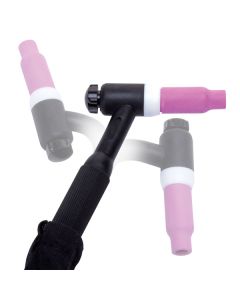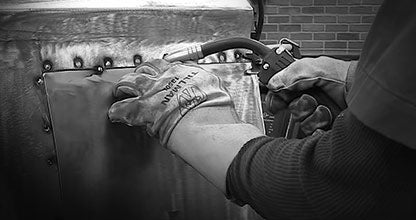Welding
Welding
Most Popular in Welding:
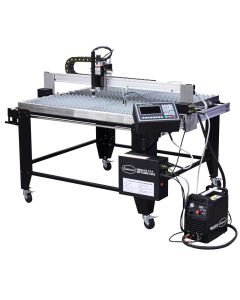 Eastwood Versa Cut 4X4 CNC Plasma Table With CNC Cut 40 and Machine TorchSale $4,599.97 Reg. $5,009.97 Save $410.00
Eastwood Versa Cut 4X4 CNC Plasma Table With CNC Cut 40 and Machine TorchSale $4,599.97 Reg. $5,009.97 Save $410.00
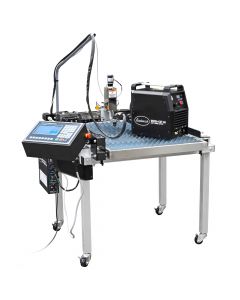 Eastwood Versa Cut 2X2 CNC Table with CNC Cut 40 and Hand TorchSale $2,749.97 Reg. $3,282.97 Save $533.00
Eastwood Versa Cut 2X2 CNC Table with CNC Cut 40 and Hand TorchSale $2,749.97 Reg. $3,282.97 Save $533.00
Popular Welding Accessories
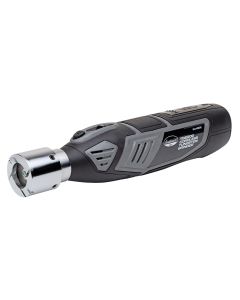 Eastwood Elite TG2000 Cordless TIG Welder Tungsten Grinder for TIG WeldingSale $89.97 Reg. $149.99 Save $60.02
Eastwood Elite TG2000 Cordless TIG Welder Tungsten Grinder for TIG WeldingSale $89.97 Reg. $149.99 Save $60.02
 Eastwood Elite TG2000 Cordless TIG Welder Tungsten Grinder for TIG WeldingSale $89.97 Reg. $149.99 Save $60.02
Eastwood Elite TG2000 Cordless TIG Welder Tungsten Grinder for TIG WeldingSale $89.97 Reg. $149.99 Save $60.02
MIG or TIG - Which is Better for Welding Sheet Metal Patch Panels?
Patch panel repairs are one of the most common welding tasks you might encounter when restoring old vehicles. The question often comes up about which method is better for the task – MIG (Metal Inert Gas) or TIG (Tungsten Inert Gas). The short answer is that MIG welding and TIG welding are […]
Eastwood Welding
Eastwood has welders, plasma cutters, CNC tables, and welding equipment for all types of welding projects for welders of all skill level: beginner to professional. Not sure which welder is best for you? Check out our Welder Finder to see what welders are best for your project and set up. Eastwood has a growing line of Welding Helmets to keep you suited up for any DIY job.




